HATU
Synonym(s):N-[(Dimethylamino)-1H-1,2,3-triazolo-[4,5-b]pyridin-1-ylmethylene]-N-methylmethanaminium hexafluorophosphate N-oxide;1-[Bis(dimethylamino)methylene]-1H-1,2,3-triazolo[4,5-b]pyridinium 3-oxid hexafluorophosphate;HATU
- CAS NO.:148893-10-1
- Empirical Formula: C10H15F6N6OP
- Molecular Weight: 380.24
- MDL number: MFCD00274639
- EINECS: 604-662-7
- SAFETY DATA SHEET (SDS)
- Update Date: 2025-03-27 06:45:46
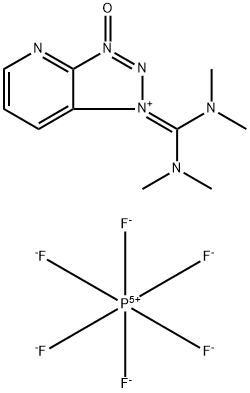
What is HATU?
Description
HATU, first prepared by Louis A. Carpino in 1993, is widely used in carboxylic acid amidation reactions. It acts as a facilitator of amide bond generation by activating the carboxyl group.
Chemical properties
White crystalline to off-white powder
The Uses of HATU
HATU is a peptide coupling reagent.
The Uses of HATU

To a solution of the acid (5.00 g, 32.0 mmol) in ACN (22.9 mL) was added TEA (9.82 mL, 70.5 mmol) followed by HATU (12.8 g, 33.6 mmol). The mixture was stirred at RT for 15 min, after which time the dark clear mixture was treated with the amine (3.44 g, 35.2 mmol). The reaction mixture was stirred at RT for 18 h. The mixture was diluted with EtOAc (100 mL) and washed with 1N HCl (2 x 100 mL), sat. NaCl (5 x 100 mL), dried (Na2SO4), and concentrated. The resulting crude orange solid was adsorbed onto a plug of silica gel and purified by chromatography (0-25% EtOAc/heptane) to provide the product as a yellow liquid. [5.050 g, 79%]
The Uses of HATU
HATU[148893-10-1] is a coupling reagent and used as an additive in peptide synthesis. It is also involved efficiently to speed up the coupling process and reduces the loss of chiral integrity.
Reagent for: Synthesis of Aurora A kinase inhibitors, HPLC assay to determine D- and L- acid enantiomers in human plasma, Amide bond formation reactions.
Catalyst for: Selective acylation, Selecocyclization-oxidation deselenation sequence.
What are the applications of Application
HATU is a peptide coupling reagent
Synthesis
The synthesis of HATU is as follows:The resulting residue treated with 2-Methoxycarbonylamino-3-methyl-butyric acid (60 mg, 0.343 mmol) and HATU (130 mg, 0.343 mmol), suspended in DMF (3 mL) and cooled to 0° C. DIPEA (0.272 mL, 1.56 mmol) was added dropwise. After stirring for 4 h, NaOH (5M in H2O, 0.300 mL, 1.5 mmol) was added. This mixture was stirred for 3 h then diluted with EtOAc and washed with 1 M LiOH (2*) then brine. The organic phase was dried over MgSO4, filtered and concentrated. The crude residue was then purified by HPLC to afford the title compound (53 mg, 44%).

Mechanism
The reaction mechanism of HATU is shown below in three steps.
(1) The base deprotonates the carboxylic acid. The resulting carboxylic acid anion attacks the electron deficient carbon atom of the HATU.
(2) The generated HOAt anion reacts with the newly formed activated carboxylic acid-derived intermediate to form an OAt activated ester.
(3) The amine reacts with the OAt-activated ester to form the amide pdt.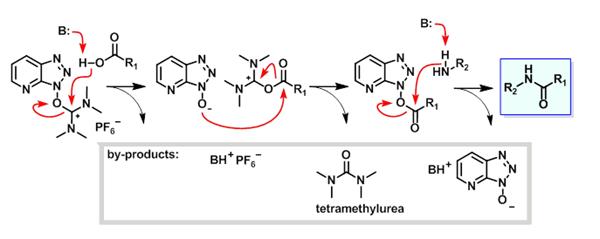
Properties of HATU
| Melting point: | 183-188 °C (dec.) |
| RTECS | XZ5633000 |
| storage temp. | 2-8°C |
| solubility | >16mg/mL in DMSO |
| form | powder to crystaline |
| appearance | White crystalline solid |
| color | White to Almost white |
| Water Solubility | Soluble in acetonitrile. Insoluble in water. |
| InChI | InChI=1S/C10H15N6O.F6P/c1-13(2)10(14(3)4)15-8-6-5-7-11-9(8)16(17)12-15;1-7(2,3,4,5)6/h5-7H,1-4H3;/q+1;-1 |
| CAS DataBase Reference | 148893-10-1(CAS DataBase Reference) |
| EPA Substance Registry System | 1H-1,2,3-Triazolo[4,5-b]pyridinium, 1-[bis(dimethylamino)methylene]-, hexafluorophosphate(1-), 3-oxide (148893-10-1) |
Safety information for HATU
| Signal word | Danger |
| Pictogram(s) |
 Health Hazard GHS08 |
| GHS Hazard Statements |
H317:Sensitisation, Skin H334:Sensitisation, respiratory |
| Precautionary Statement Codes |
P261:Avoid breathing dust/fume/gas/mist/vapours/spray. P272:Contaminated work clothing should not be allowed out of the workplace. P280:Wear protective gloves/protective clothing/eye protection/face protection. P284:Wear respiratory protection. P302+P352:IF ON SKIN: wash with plenty of soap and water. |
Computed Descriptors for HATU
| InChIKey | KZAWCZZRROLLDL-UHFFFAOYSA-N |
| SMILES | [P+5]([F-])([F-])([F-])([F-])([F-])[F-].C(=[N+]1/N=N(=O)C2=NC=CC=C/12)(\N(C)C)/N(C)C |
HATU manufacturer
New Products
3-Iodophenylacetic acid 3-Pyridineacetonitrile, α-hydroxy- 2-Propanamine, 1-chloro-, hydrochloride (9CI) 3-(hexyloxy)-4-(pyridin-3-yl)-1,2,5-thiadiazole 2-Hexyn-1-ol Dibenzo-18-crown-6 Nickel(II) perchlorate hexahydrate, 98% 4-Bromophenylacetonitrile, 95% 3-Bromo-4-fluoroaniline, 97% Sodium tetraborate decahydrate, 98% Palladium(II) acetate, trimer, Pd 99% 4-Bromo-2-chlorotoluene, 97% N N Dimethylformamide Dimethyl Acetal (Dmf Dma) 2,3-Dichloro Benzoyl Cyanide [Side Chain] Bis(2-Chloroethyl) Amine Hydrochloride L-Glutamic Acid Diethyl Ester Hydrochloride 5-(Difluoromethoxy)-2-Mercaptobenzimidazole 1-Ethyl-3-(3-Dimethylaminopropyl)-Carbodiimide Hydrochloride [EDC Hcl] 1,4-Napthoquinone Bromoiodomethane Sodium Bicarbonate Methylene Dichloride (MDC) Ethyl Acetate Indole-3-Carbinol (I3C)Related products of tetrahydrofuran
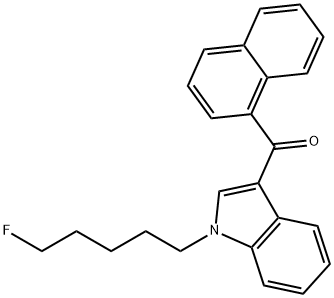
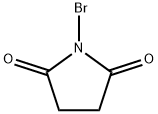
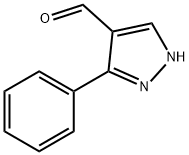
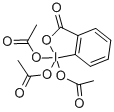
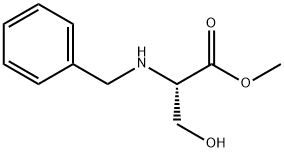
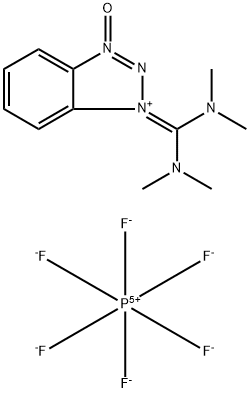

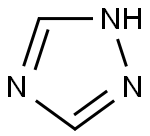
You may like
-
![1- [Bis(dimethylamino)methylene]- 1H -1,2,3triazolo[4,5- b]pyridinium- 3-oxid hexafluorophosphate 98%](https://img.chemicalbook.in//ProductImageIndia/2024-03/Raw/4574b5b5-6a2a-4060-bac4-edd872c01ead.png) 1- [Bis(dimethylamino)methylene]- 1H -1,2,3triazolo[4,5- b]pyridinium- 3-oxid hexafluorophosphate 98%View Details
1- [Bis(dimethylamino)methylene]- 1H -1,2,3triazolo[4,5- b]pyridinium- 3-oxid hexafluorophosphate 98%View Details
148893- 10-1 -
![HATU ((1-[Bis(dimethylamino)methylene]-1H-1,2,3-triazolo[4,5-b]pyridinium-3-oxid hexafluorophosphate) 99%](https://img.chemicalbook.in//ProductImageIndia/2024-03/Raw/d050cb13-d1f4-405b-9a0b-617a5bb98545.png) HATU ((1-[Bis(dimethylamino)methylene]-1H-1,2,3-triazolo[4,5-b]pyridinium-3-oxid hexafluorophosphate) 99%View Details
HATU ((1-[Bis(dimethylamino)methylene]-1H-1,2,3-triazolo[4,5-b]pyridinium-3-oxid hexafluorophosphate) 99%View Details
148893-10-1 -
 HATU extrapure CAS 148893-10-1View Details
HATU extrapure CAS 148893-10-1View Details
148893-10-1 -
 HATU CAS 148893-10-1View Details
HATU CAS 148893-10-1View Details
148893-10-1 -
 HATU 98%View Details
HATU 98%View Details -
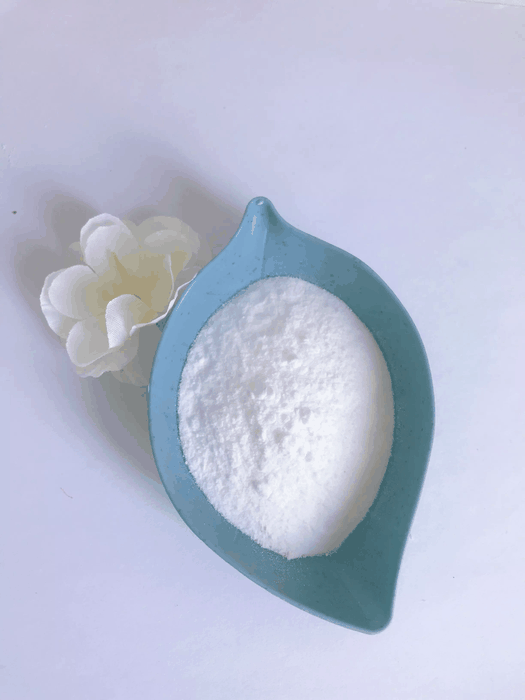 HATU 98%View Details
HATU 98%View Details -
 HATU 98% CAS 148893-10-1View Details
HATU 98% CAS 148893-10-1View Details
148893-10-1 -
 HATU CAS 148893-10-1View Details
HATU CAS 148893-10-1View Details
148893-10-1
